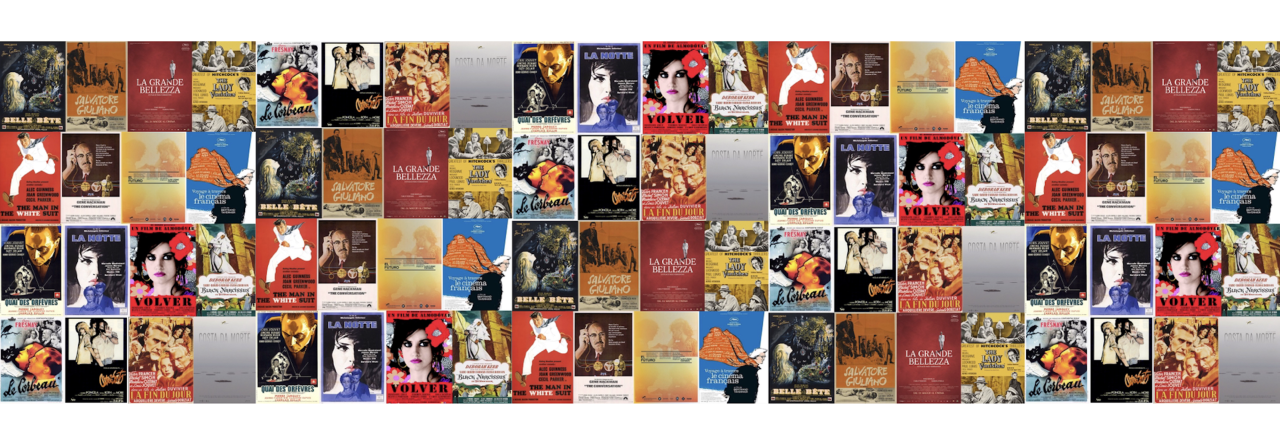
Director: Carlos Saura
Screenplay: Carlos Saura and Mario Camus
Cast: Francisco Rabal, Lea Massari, Lino Ventura, Philippe Leroy, Manuel Zarzo, Agustín González, Fernando Sánchez Polack
Synopsis: 19th century Spain. The Spanish people have expelled the French but now have to deal with the unjust Fernando VII in their stead. A group of bandits led by ‘El Tempranillo’ garner a Robin Hood-like reputation by robbing only the rich, dealing fairly with normal people, and continuing to defy the King.
Link: My original post on the film, on the old version of the blog.
The reception of Los golfos had demonstrated that depicting the Spanish here-and-now was a sensitive issue with the dictatorship’s censors, but if Saura thought that delving into historical drama might allow him some leeway, he was mistaken: Llanto por un bandido (1964) was heavily cut. The opening sequence in particular has been mangled so heavy-handedly that I thought my DVD had jumped a chapter. Here Saura mischievously used playwright Antonio Buero Vallejo (who deployed symbolism in his own work to criticise the Franco regime) as the town-crier, while Luis Buñuel (persona non grata in Spain at this point due to Viridiana (1961)) cameos as an executioner preparing to execute the condemned men by garrotting.
Whether because of the gaps left by the ‘editing’ or my own lack of familiarity with the historical period, I didn’t really pick up on the political subtext with which Saura apparently imbued this tale of a bandit (‘El Tempranillo’, played by Paco Rabal) who acquires a certain level of political consciousness when he comes into contact with a fugitive liberal – the argument for ideological commitment was seen as provocative. To be honest, I took his defiance of the King to be your normal bandit behaviour rather than an indication of solidarity with the Constitutionalists – the character is generally a bit of a thuggish arsehole, so the association seemed to be one of expedience as opposed to ideological inclination.
Overall, it’s not really my sort of film – I also haven’t rewatched it since my original run of the Carlos Saura Challenge, and there isn’t much about it that has stuck with me.
However – aside from providing Saura with additional impetus to be more oblique when presenting politically contentious perspectives – there are a number of elements that are significant in terms of how Saura’s cinematic style developed. Saura’s evident eye for painterly allusions and compositions – which José Arroyo highlights in a post on the film – can be seen most obviously in the homage to Goya’s Duelo a garrotazos / Fight with Cudgels in the fight sequence between Rabal (who several decades later would play the artist for Saura in Goya en Burdeos (1999)) and Lino Ventura where, buried up to their knees, they batter each other with branches. There is also already a distinctive use of music. This is manifested in the way that sequences are either cut to the music or actions on camera are timed to follow the rhythm of the music (for example, in the Rabal/Ventura fight scene their blows fall in time) in a way that seems unusual (to me) for the time. But it is also very striking that the music is often diagetic, i.e. we see the music being performed onscreen within the scene, emphasising musical performance (and specifically the performance of traditional forms of music from Spain, most obviously flamenco) in a way that would become one of the director’s trademarks.
